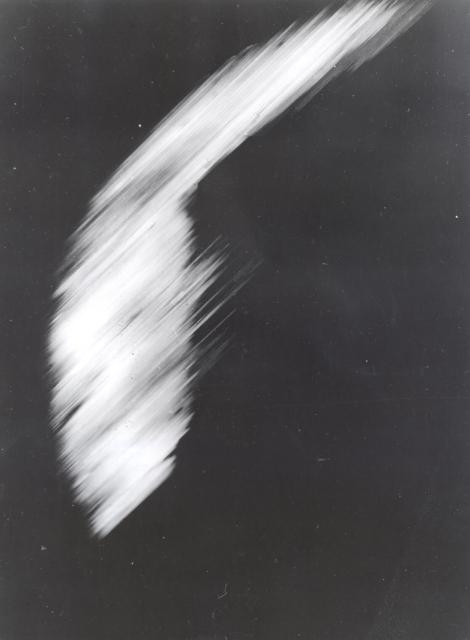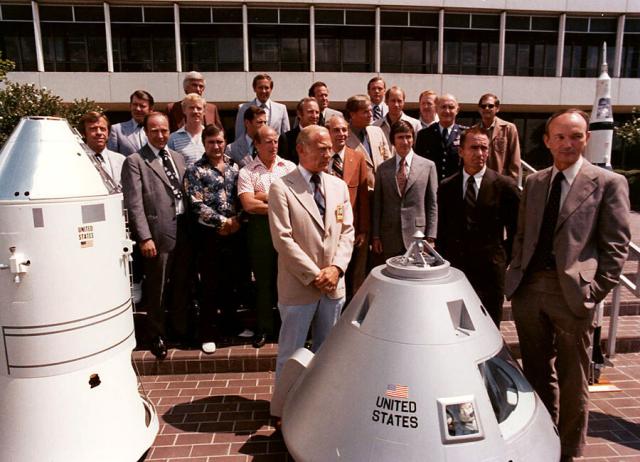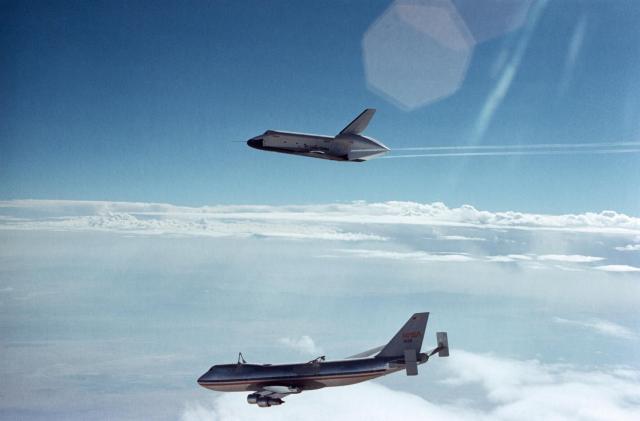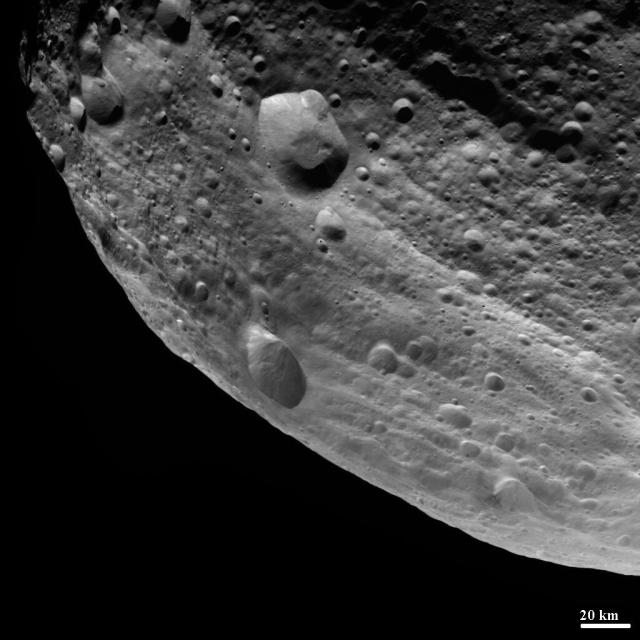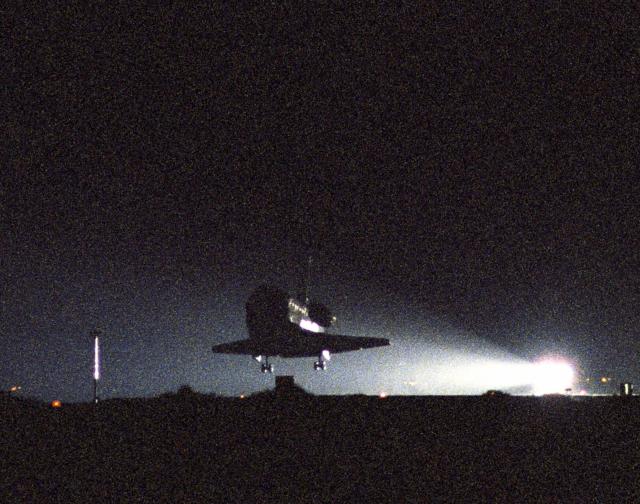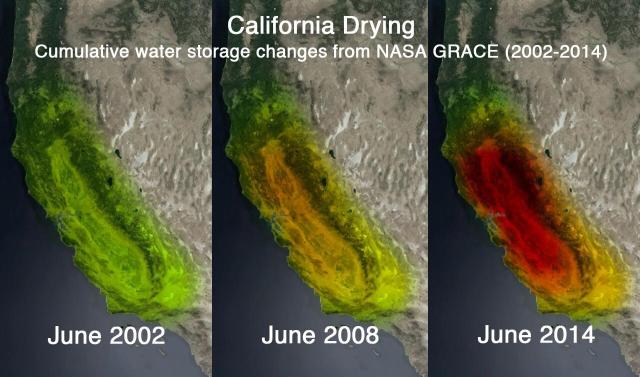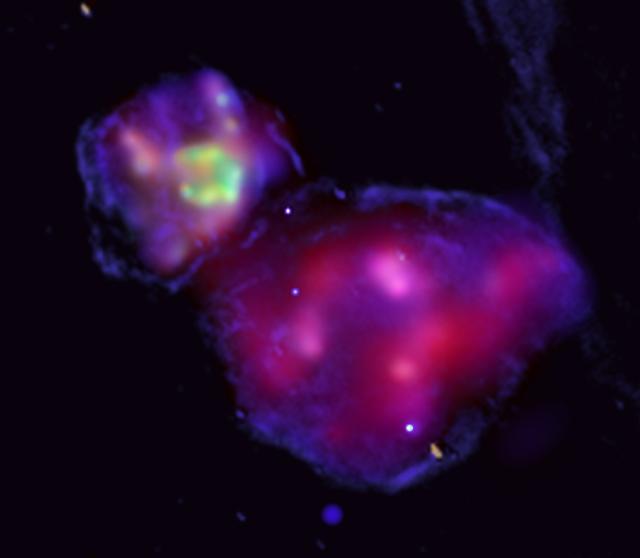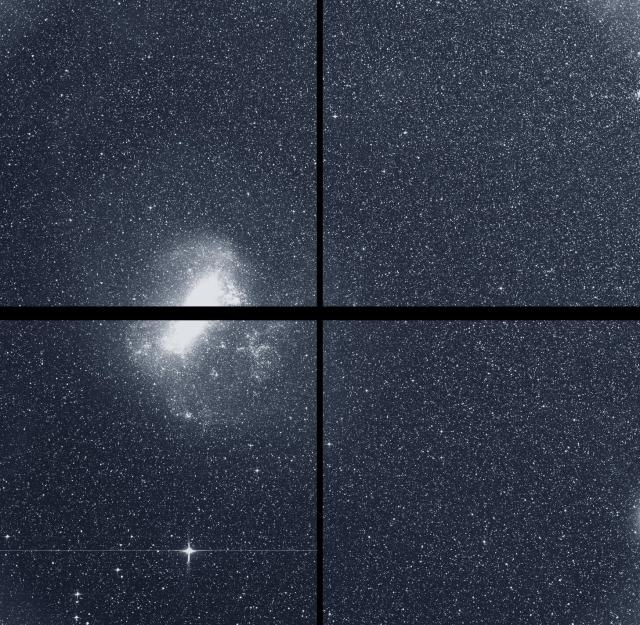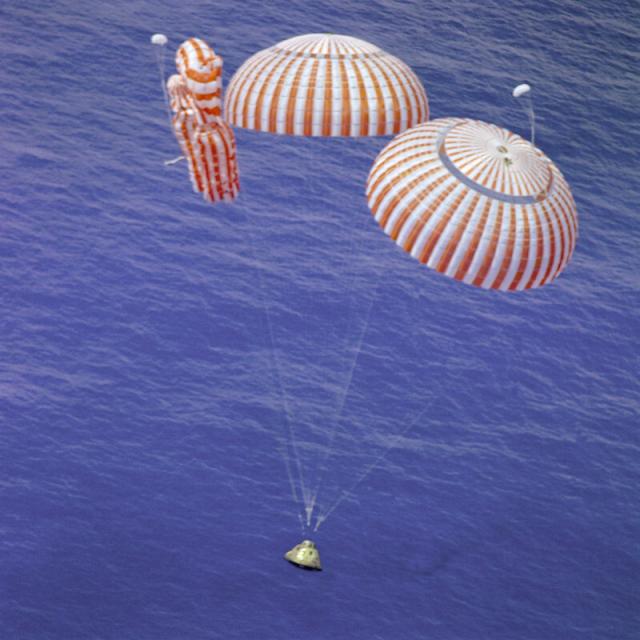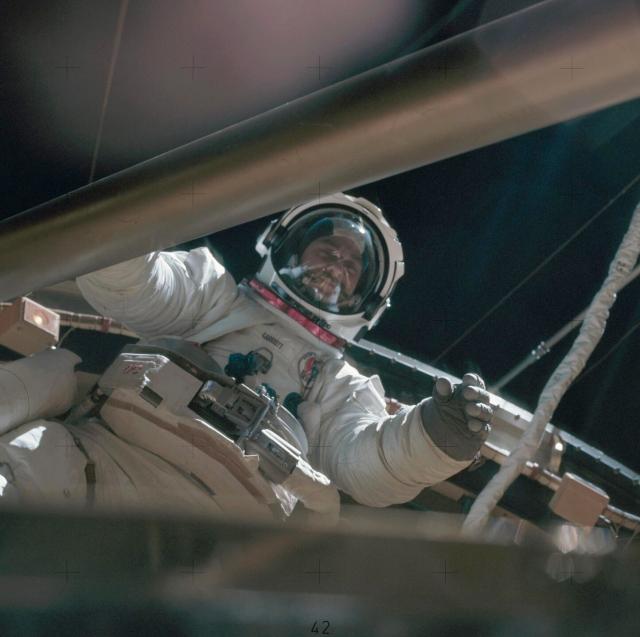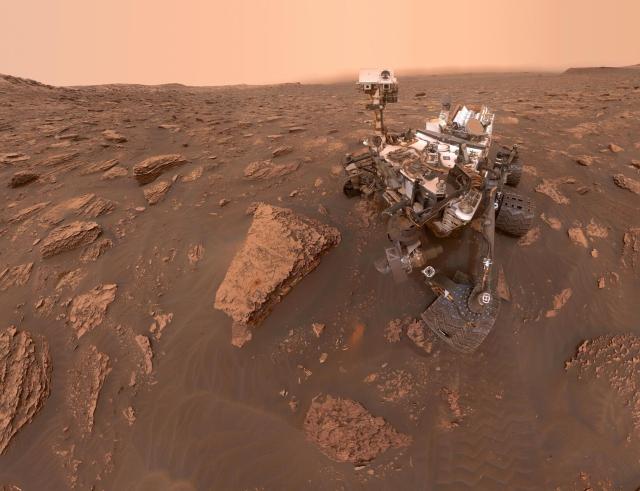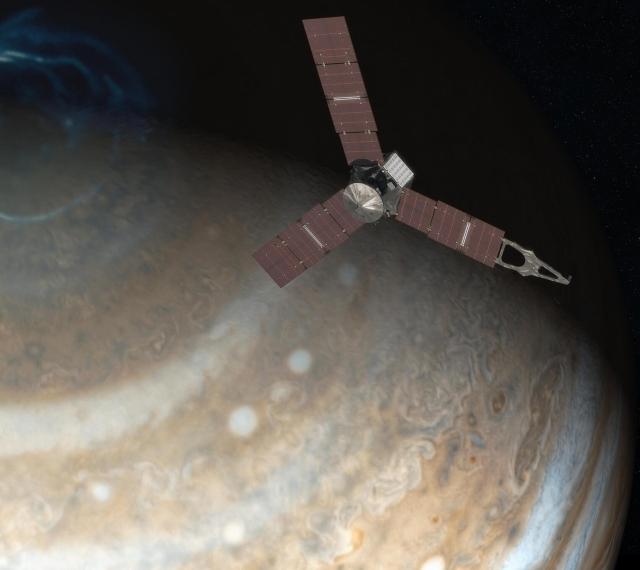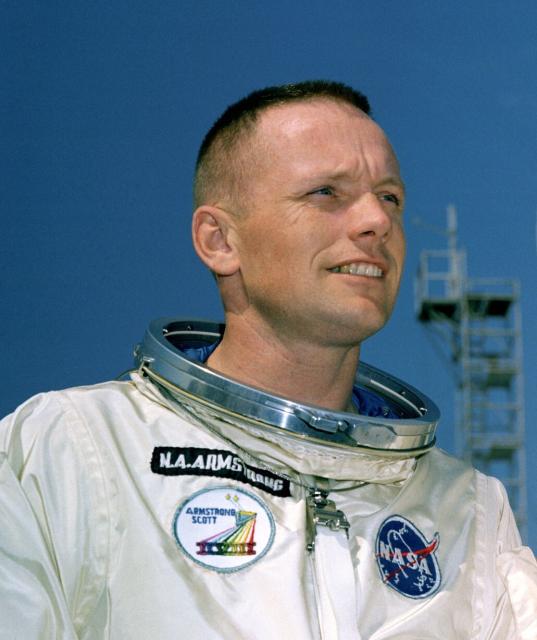Search
Items tagged with: NASAhistory

40 Years Ago: STS-9, the First Spacelab Science Mission - NASA
Left: The STS-9 crew patch. Middle: Official photo of the STS-9 crew of Owen K. Garriott, seated left, Brewster H. Shaw, John W. Young, and Robert A.R.Kelli Mars (NASA)

Spacelab 1: A Model for International Cooperation - NASA
Forty years ago, in 1983, the Space Shuttle Columbia flew its first international spaceflight, STS-9. The mission included—for the first time—the European Space Agency’s Spacelab pressurized module.Jennifer Ross-Nazzal (NASA)
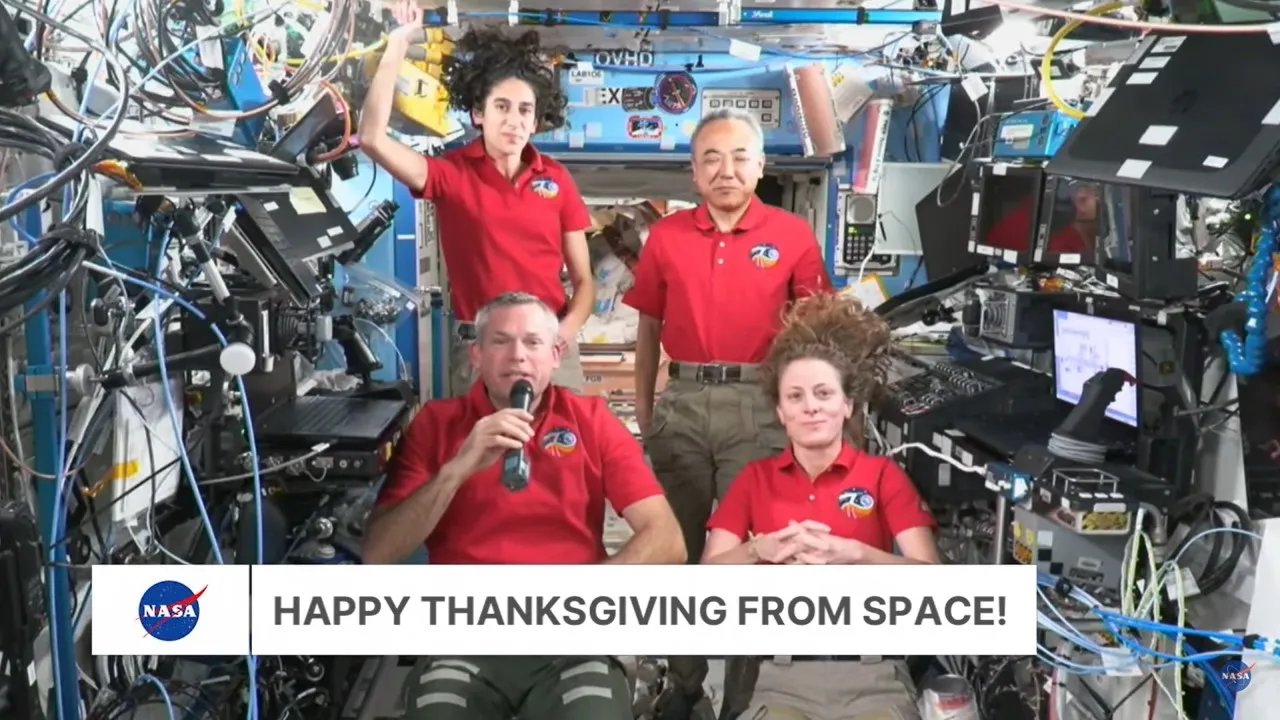
Thanksgiving Celebrations in Space - NASA
The Thanksgiving holiday typically brings families and friends together in a celebration of common gratitude for all the good things that have happened duringKelli Mars (NASA)
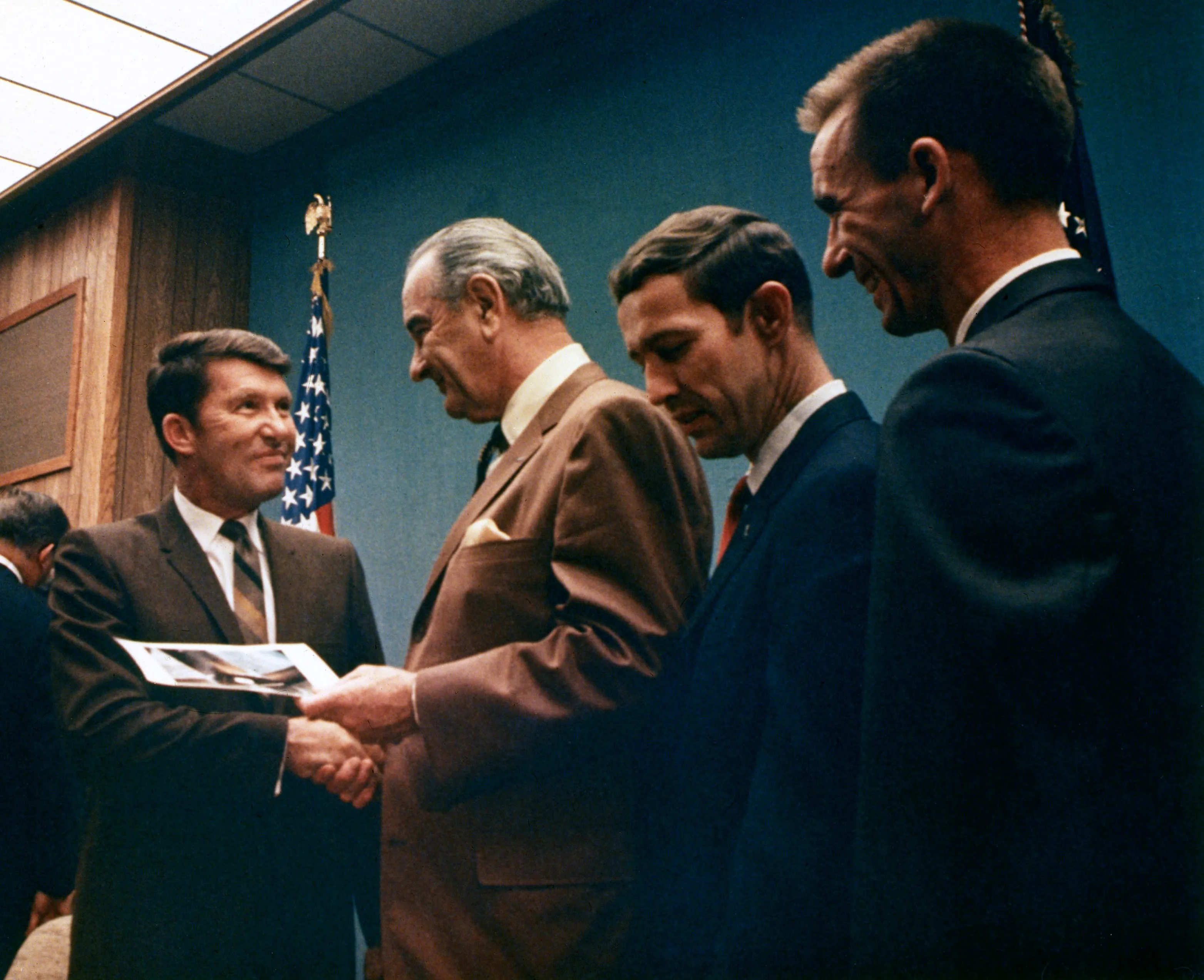
55 Years Ago: Eight Months Before the Moon Landing - NASA
November 1968 proved pivotal to achieving the goal of landing a man on the Moon before the end of the decade. The highly successful Apollo 7 mission thatKelli Mars (NASA)

50 Years Ago: Launch of Skylab 4, The Final Mission to Skylab - NASA
The third and final crewed mission to the Skylab space station, Skylab 4, got underway on Nov. 16, 1973, with a thunderous launch from NASA’s Kennedy SpaceKelli Mars (NASA)

Worm Designer Receives NASA’s Exceptional Public Achievement Medal - NASA
NASA Associate Administrator Bob Cabana presented an award to Richard Danne Monday for his outstanding achievement in creating the NASA worm logotype andNASA
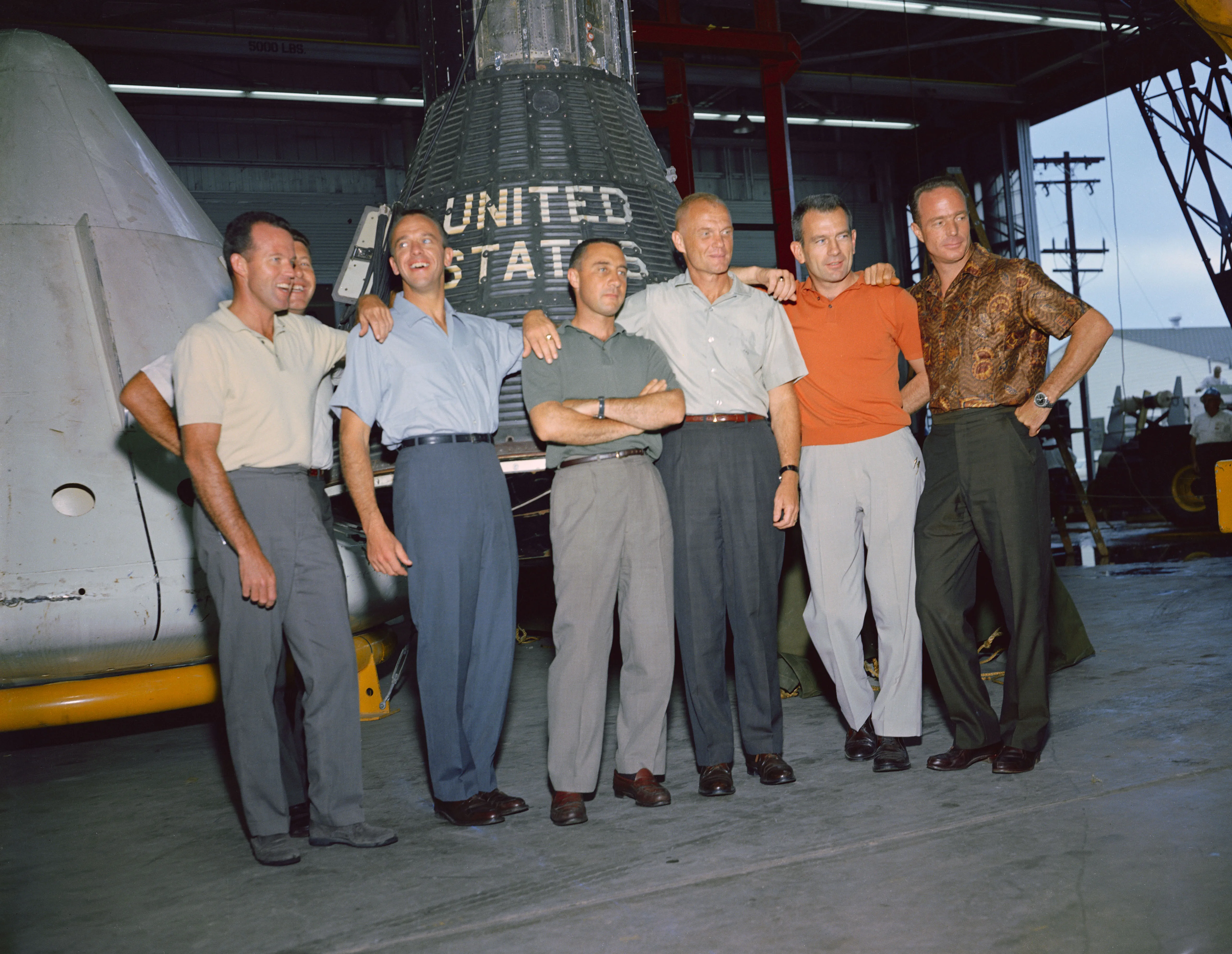
65 Years Ago: NASA Formally Establishes The Space Task Group - NASA
On Oct. 1, 1958, NASA, the newly established agency to lead America’s civilian space program, officially began operations, with T. Keith Glennan and Hugh L.Kelli Mars (NASA)
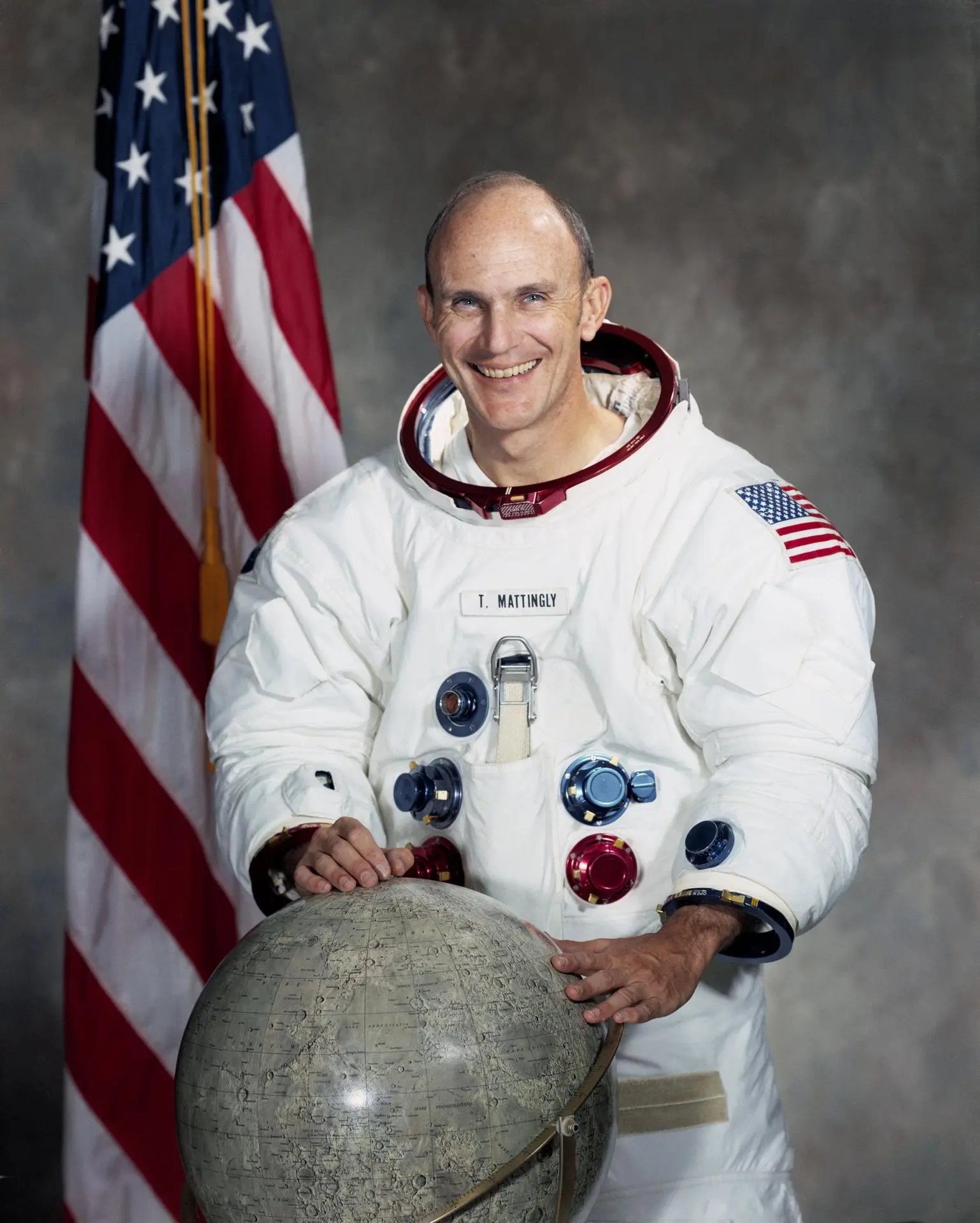
NASA Administrator Remembers Apollo Astronaut Thomas K. Mattingly II - NASA
The following is a statement from NASA Administrator Bill Nelson on the passing of former NASA astronaut Rear Adm. (ret.) Thomas K. (TK) Mattingly II.NASA
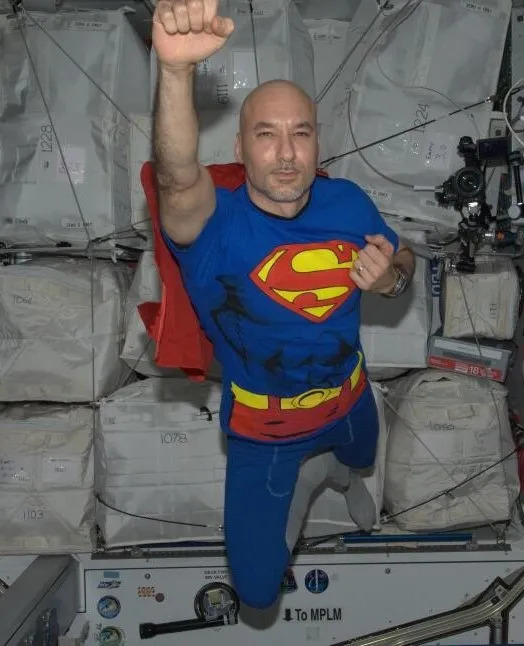
Halloween on the International Space Station - NASA
Although no ghouls or goblins or trick-or-treaters come knocking at the International Space Station’s front hatch, crew members aboard the orbiting facilityKelli Mars (NASA)
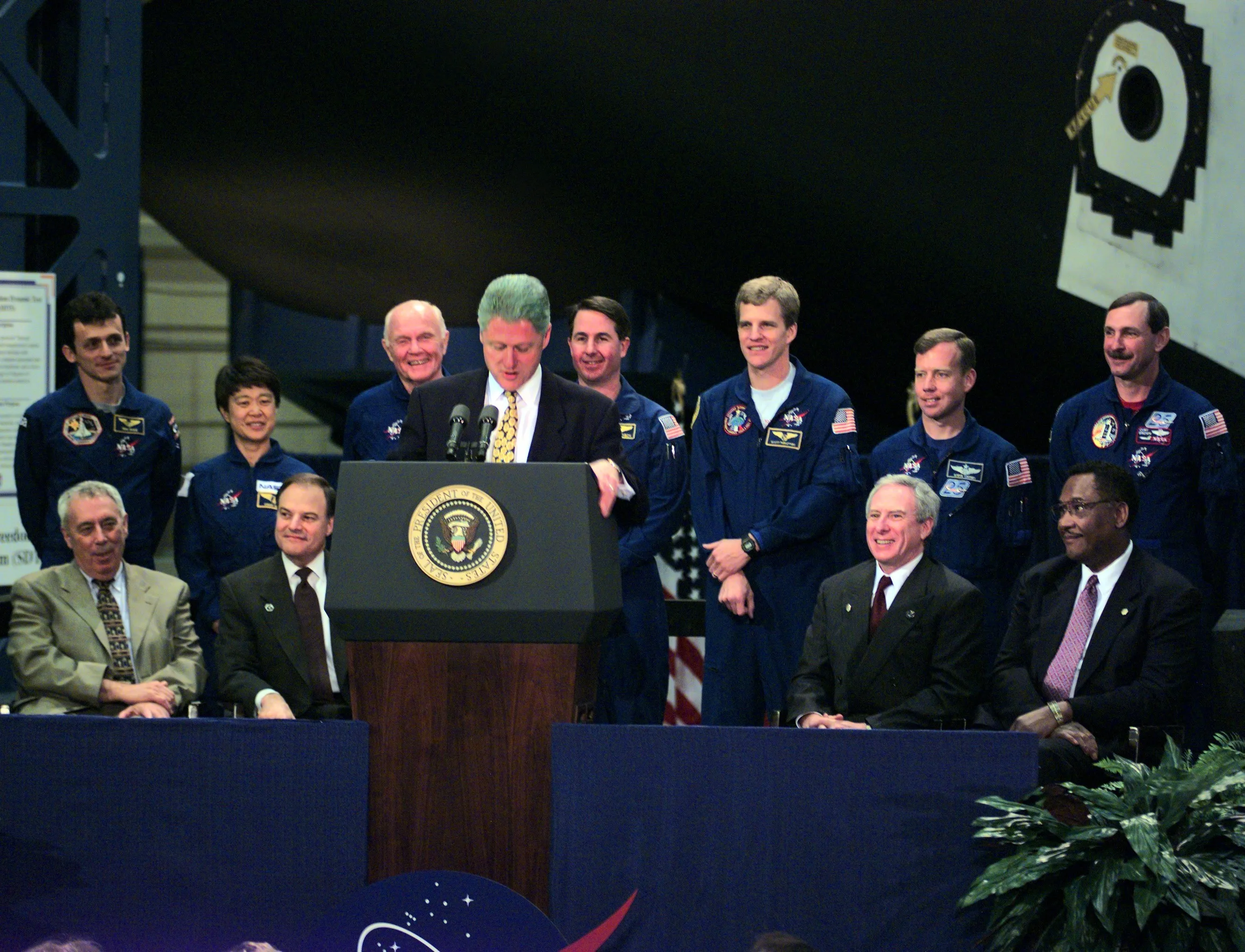
25 Years Ago: STS-95, John Glenn Returns to Space - NASA
On Oct. 29, 1998, NASA astronaut John H. Glenn made history again when he returned to space aboard space shuttle Discovery’s STS-95 mission, nearly 37 yearsKelli Mars (NASA)
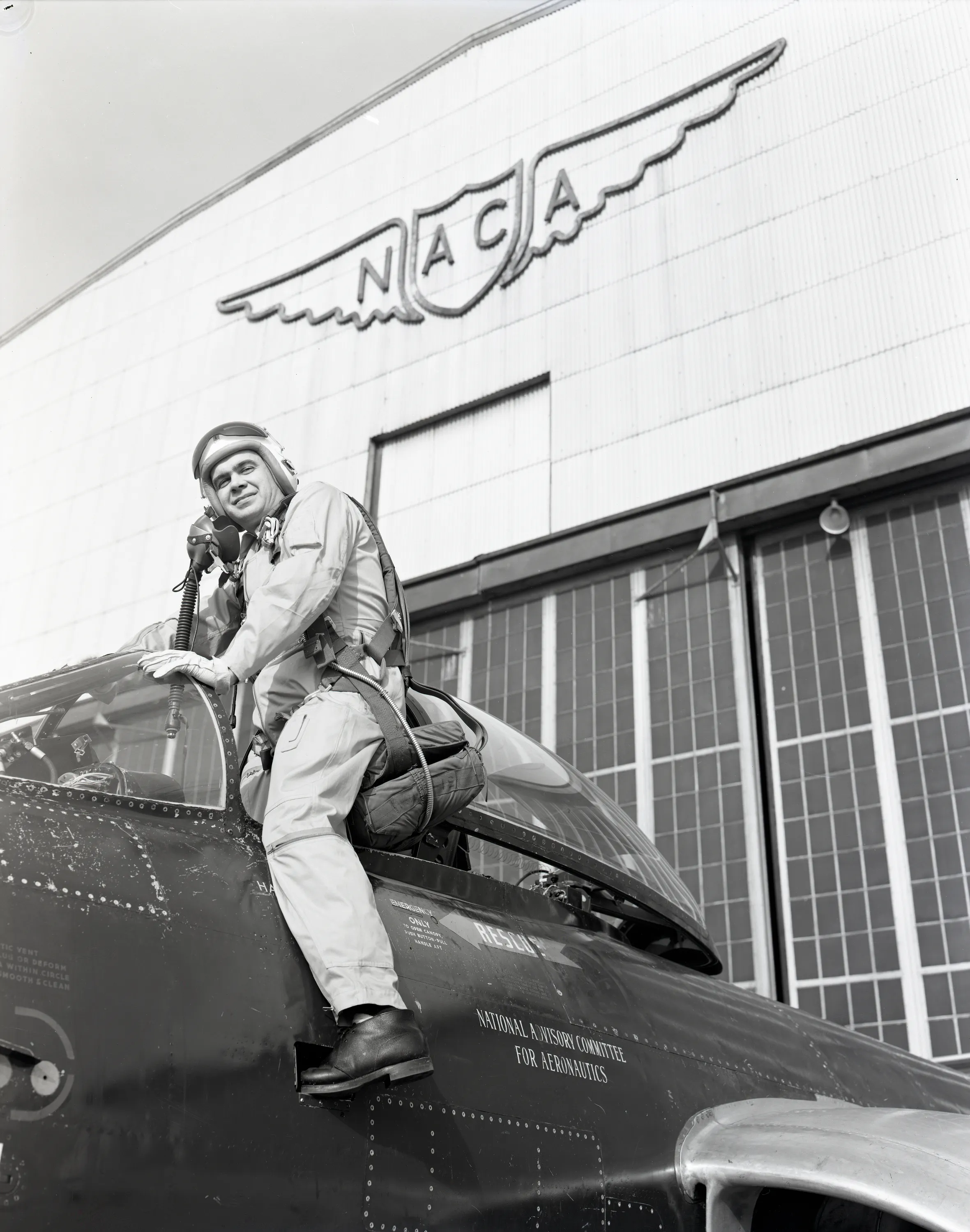
Glenn Hangar Has Long Been the Face of the Center - NASA
The Flight Research Building, or hangar, at NASA’s Glenn Research Center in Cleveland has not only housed the center’s aircraft and Flight Operations team forNASA
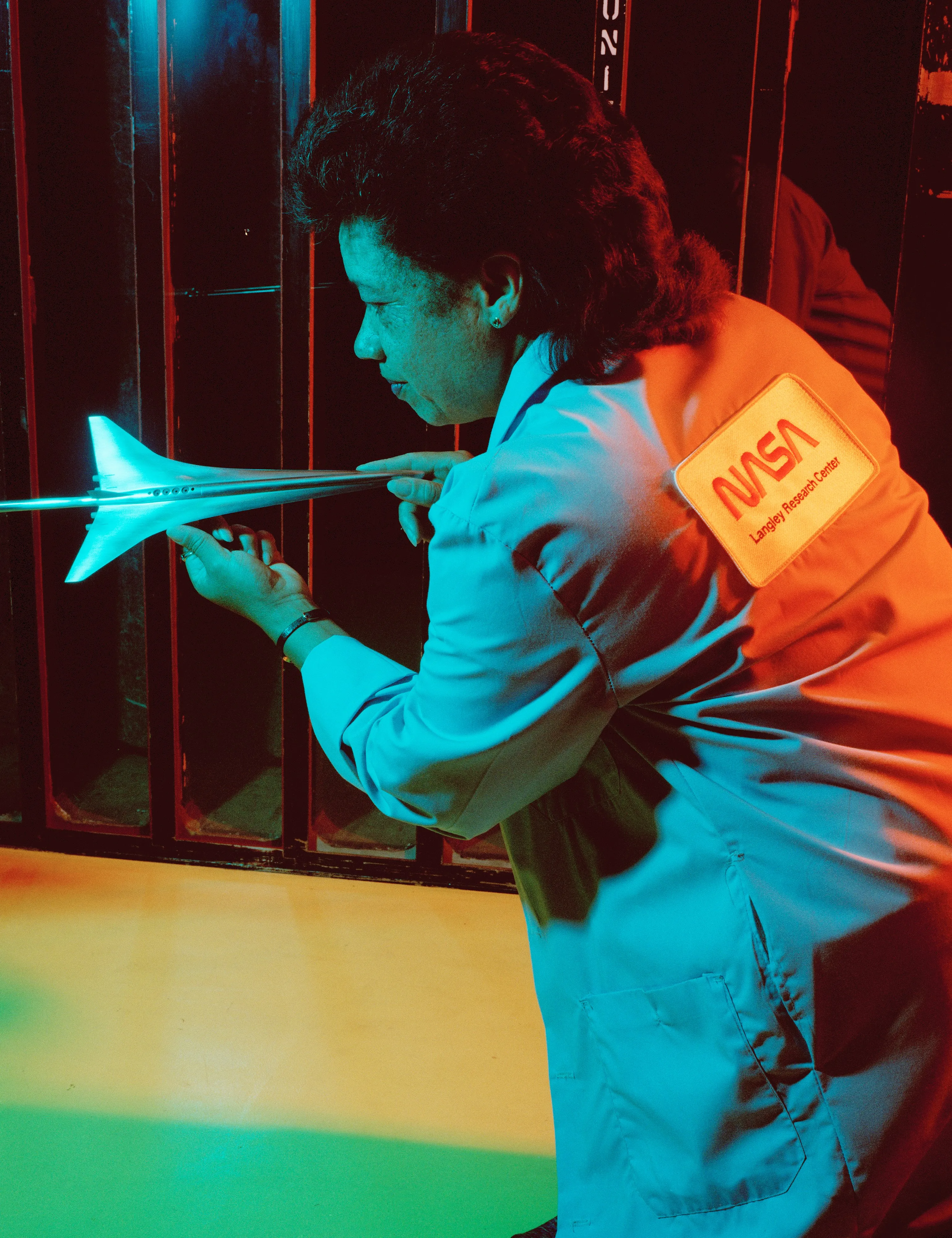
Join NASA to Celebrate Worm Design, Influence with Original Designer - NASA
Media are invited to hear a discussion on the design and cultural significance of the worm logotype with NASA and its creator Richard Danne at 11:30 a.m. ESTNASA
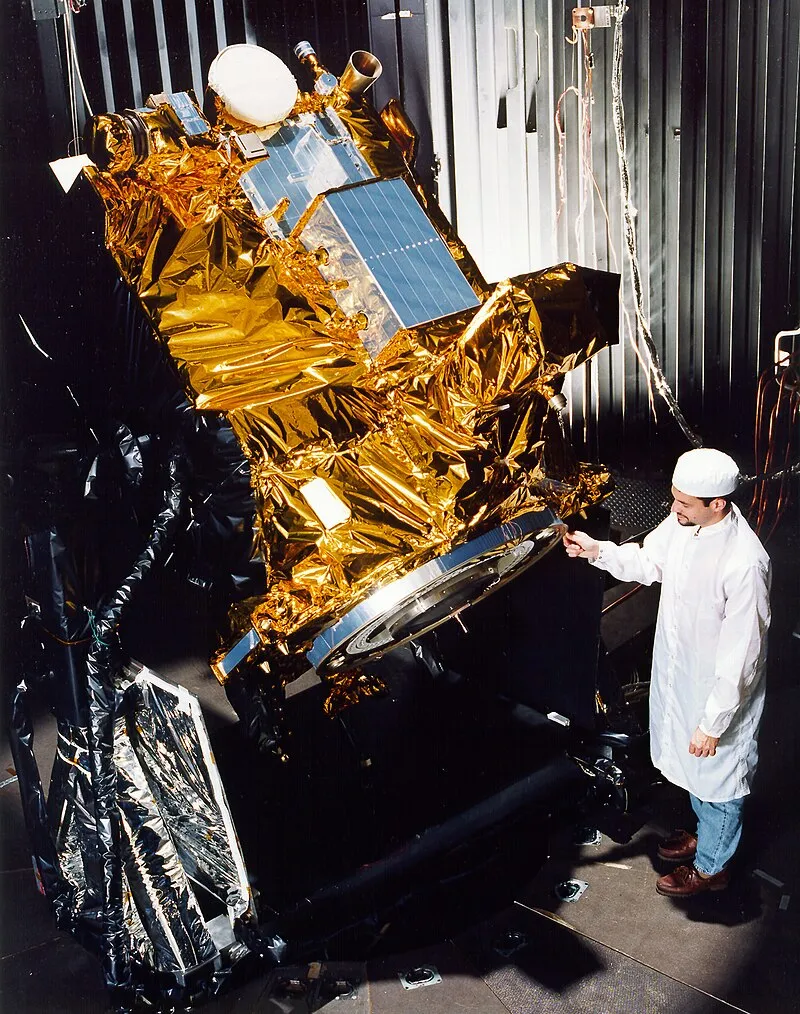
25 Years Ago: Launch of Deep Space 1 Technology Demonstration Spacecraft - NASA
On Oct. 24, 1998, NASA launched the Deep Space 1 spacecraft. Managed by NASA’s Jet Propulsion Laboratory in Pasadena, California, Deep Space 1 served as aKelli Mars (NASA)
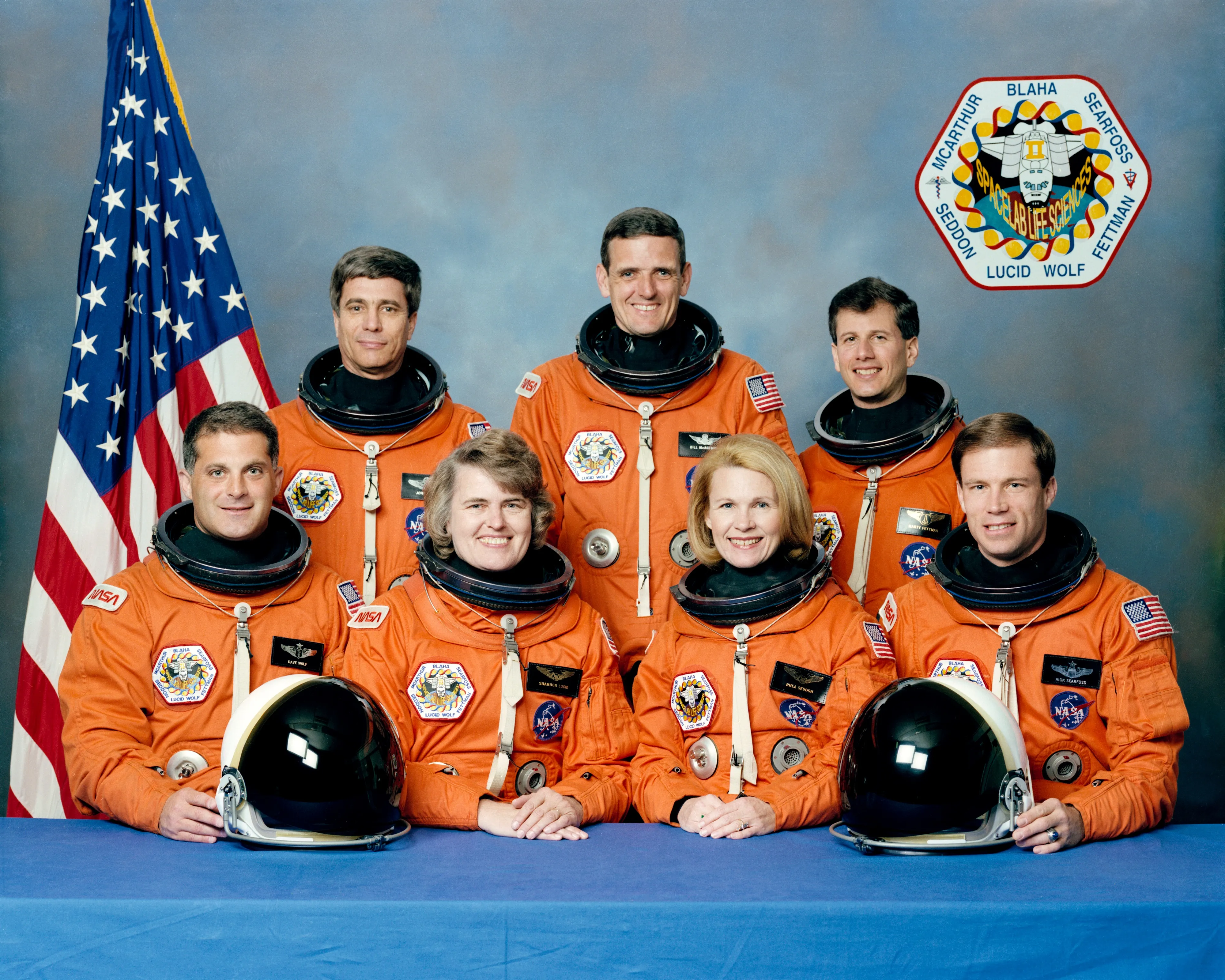
30 Years Ago: The STS-58 Spacelab Life Sciences-2 Mission
On Oct. 18, 1993, space shuttle Columbia lifted off in support of the STS-58 Spacelab Life Sciences 2 (SLS-2) mission to conduct cutting edge research onJohn Uri (NASA)
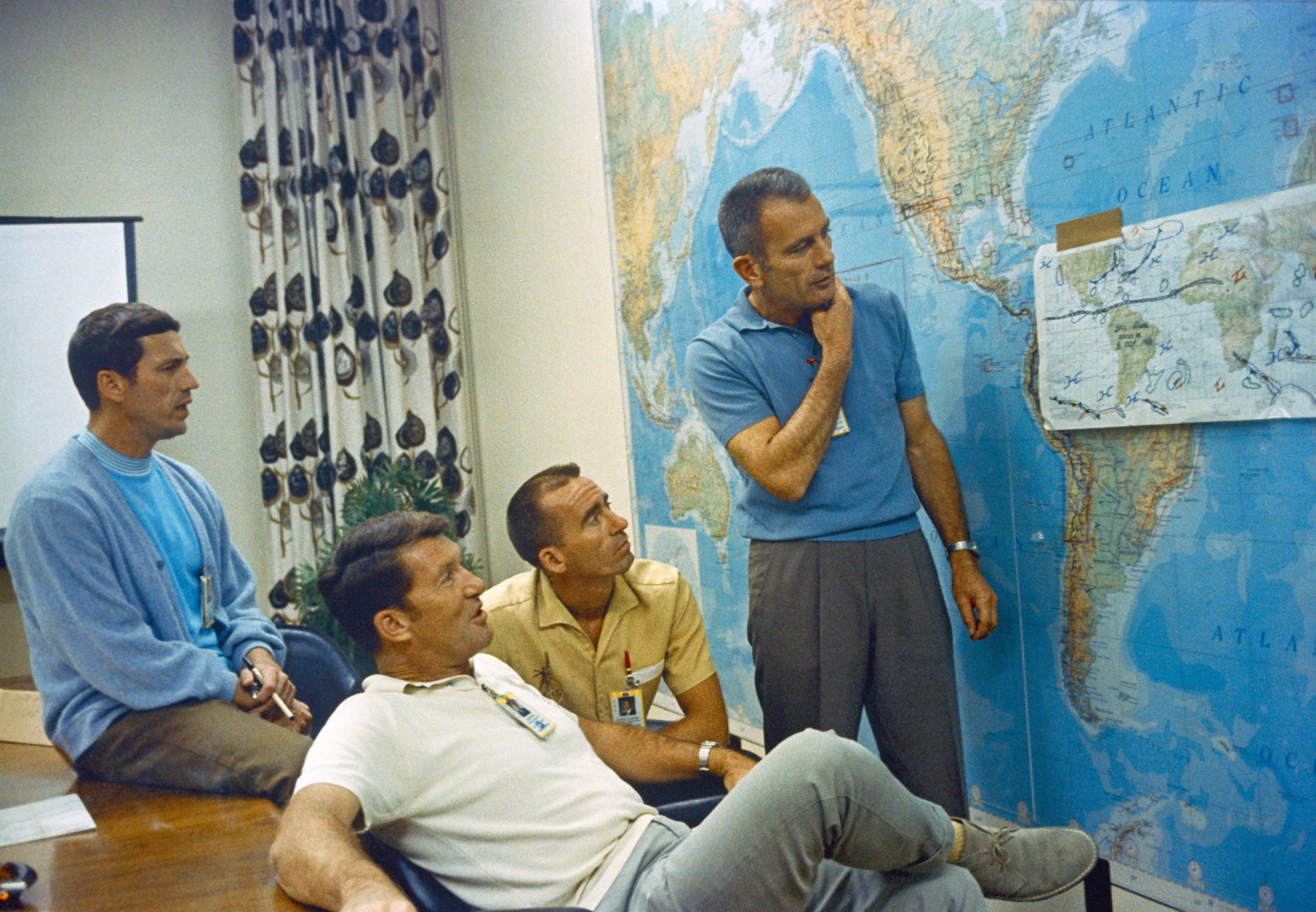
55 Years Ago: Nine Months Before the Moon Landing
In October 1968, the American human spaceflight program took significant steps toward achieving President John F. Kennedy’s goal of landing a man on the MoonJohn Uri (NASA)

60 Years Ago: NASA Selects Its Third Group of Astronauts
On Oct. 17, 1963, NASA announced the selection of its third group of astronauts. Chosen from 720 military and civilian applicants, the newest group of 14John Uri (NASA)

40 Years Ago: Space Shuttle Discovery Makes its Public Debut
Space shuttle Discovery under construction at Rockwell International’s Palmdale, California, plant in August 1982, left, September 1982, and April 1983.John Uri (NASA)
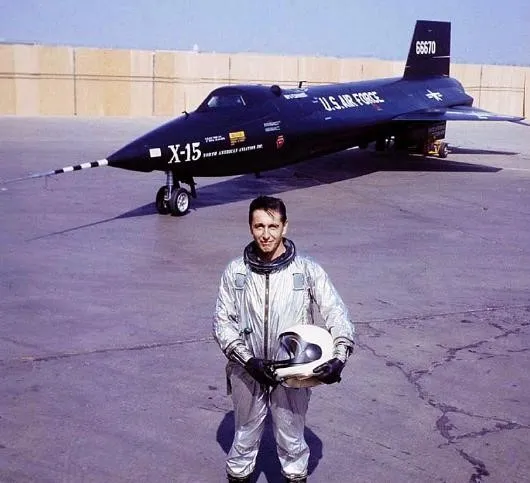
65 Years Ago: First Factory Rollout of the X-15 Hypersonic Rocket Plane
On Oct. 15, 1958, the first X-15 hypersonic rocket-powered aircraft rolled out of its factory. A joint project among NASA, the U.S. Air Force, and the U.S.John Uri (NASA)
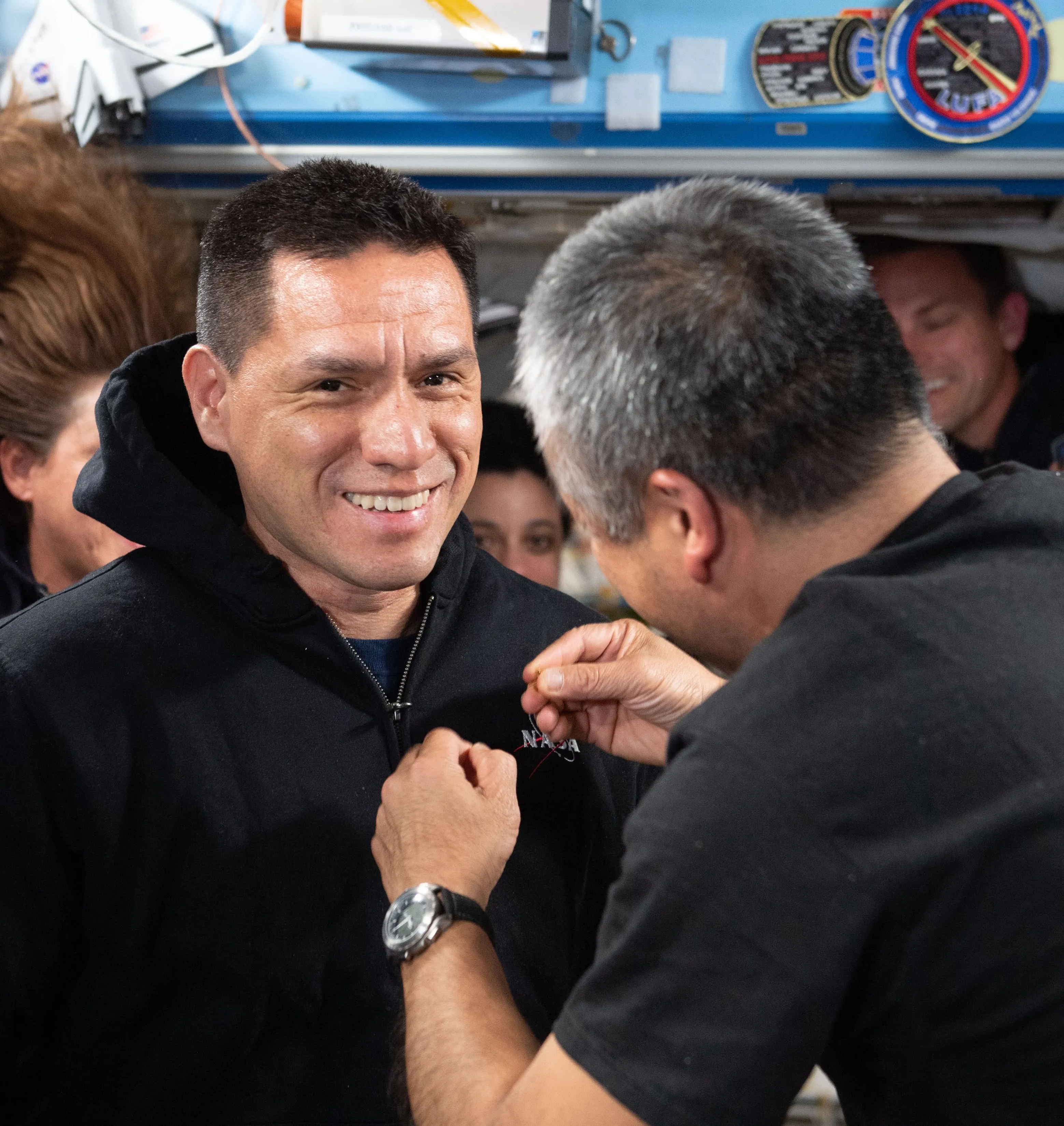
NASA Celebrates Hispanic Heritage Month 2023
In honor of Hispanic Heritage Month, we recognize Hispanic astronauts who have flown in space. The table below lists these individuals of variousJohn Uri (NASA)

65 Years Ago: NASA Begins Operations
On Oct. 1, 1958, the National Aeronautics and Space Administration (NASA) officially began operations. President Dwight D. Eisenhower signed into law theJohn Uri (NASA)
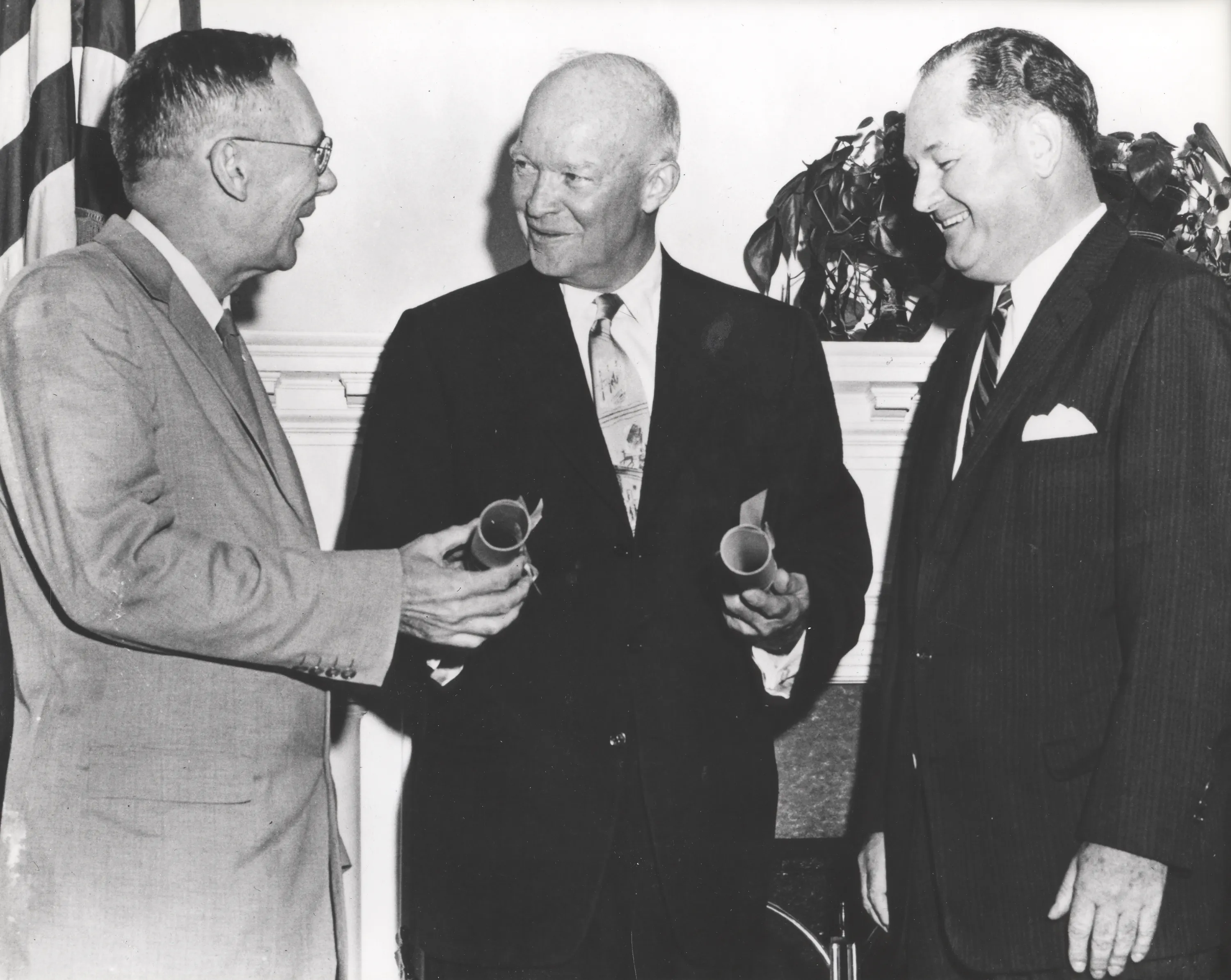
NASA’s Origins - NASA
On July 29, 1958, President Dwight D. Eisenhower signed the National Aeronautics and Space Act “to provide for research into problems of flight within andNASA
Hey, that's us!
#OTD in 1959, Explorer 6 took the first photo of Earth ever taken by a satellite! It transmitted this image of a sunlit portion of the north central Pacific Ocean.
See more of the first photos of Earth from space: go.nasa.gov/3DzVhhQ
#NASAhistory
3 days after being released from quarantine, Apollo 11 astronauts Neil Armstrong, Buzz Aldrin, and Michael Collins were showered with ticker tape and cheered on by an exuberant crowd in New York City #OTD in 1969.
More about the celebrations: go.nasa.gov/3Ov84Hl
#NASAhistory
#DYK that more than 20% of the Apollo astronauts were left-handed? That's more than double the proportion of lefties in the general population! #InternationalLeftHandersDay
📷 A reunion of former astronauts at @NASA_Johnson in August 1978
#NASAhistory
Smoking hot on your birthday 🔥 🙌
5 years ago today, @nasa's Parker Solar Probe launched from Cape Canaveral, Florida, on its way become the first spacecraft to touch the @NASASun!
More about its mission to unlock the mysteries of the Sun's corona: go.nasa.gov/3rPCJY5
#NASAhistory
A Soaring Success!
#OTD in 1977, NASA's first space shuttle orbiter Enterprise completed its first free flight, with Fred Haise and Gordon Fullerton piloting it down to the runway at @NASAArmstrong.
Watch video from the flight: go.nasa.gov/4557hE3
#NASAhistory
Approach and Landing Tests Film Documentary
Documentary of shuttle Enterprise on the Shuttle Carrier Aircraft (SCA), separating from the SCA in flight, and in free-flight. Footage shows SCA pilots Fitz...YouTube
#OTD in 2011, NASA's Dawn spacecraft captured these images of the asteroid Vesta on its mission to characterize the processes of our solar system's early evolution.
More about Dawn's mission: go.nasa.gov/47d7qXB
#NASAhistory
Overview | Dawn – NASA Solar System Exploration
Dawn was the first mission to orbit a dwarf planet and the first two orbit two bodies in the main asteroid belt.NASA Solar System Exploration
#OTD in 2005, STS-114 completed the Space Shuttle Program's 14-day "Return to Space" mission, the first after the tragic loss of Columbia 2.5 years earlier.
More: go.nasa.gov/45cQfnh
#NASAhistory
STS-114 - NASA
STS-114 was the first Return to Flight mission since the tragic loss of Columbia Feb. 1, 2003. Two and a half years were spent researching and implementing safety improvements for orbiters and external tanks.Empty Test
Apollo, X-planes, and everything in-between: celebrate #BookLoversDay with some aerospace history!
We have more than 200 books in our NASA History Series available to download for free: go.nasa.gov/3YpXPJ1
#NASAhistory
History Publications and Resources - NASA
The NASA History Series includes over 200 books and monographs on a wide range of topics from rockets and wind tunnels to the psychology and sociology ofEmpty Test
Revolutionary!
The GRACE mission, launched on March 12, 2002, flew twin spacecraft around Earth to measure tiny variations in gravity, and revolutionized our view of how water moves on our planet over its 15 years of operation.
A retrospective: go.nasa.gov/47e6HoZ
#NASAhistory
GRACE Mission: 15 Years of Watching Water on Earth
In 15 years of operations, the GRACE satellite mission has dramatically changed our view of how water moves and is stored on Earth.NASA
We've got cosmic kitty content covered for #InternationalCatDay!
Captured by @chandraxray in 2002, this is actually two supernova remnants in the Large Magellanic Cloud galaxy: go.nasa.gov/47nlzRT
#meow
#NASAhistory
#OTD 5 years ago, NASA's Transiting Exoplanet Survey Satellite (TESS) captured its first light image, showing a wide swath of the southern sky using all four of its wide field cameras (image from one camera shown here).
Read about what TESS is up to now: go.nasa.gov/3OGqvKE
#NASAhistory
Transiting Exoplanets Survey Satellite (TESS) - Exoplanet Exploration: Planets Beyond our Solar System
NASA’s Exoplanet Exploration Program, the search for planets and life beyond our solar system.Exoplanet Exploration: Planets Beyond our Solar System
#OTD in 1971, the Apollo 15 Command Module "Endeavour," with astronauts Dave Scott, Al Worden and Jim Irwin aboard, splashed down in the Pacific Ocean to end their mission. Although 1 of the 3 main parachutes collapsed, the crew was unharmed.
Owen Garriott (shown here) and his Skylab 3 crewmates performed a nearly 6.5 hour spacewalk #OTD in 1973 to install a 2-pole sunshade, change the film on the Apollo Telescope Mount, and install and repair equipment for experiments. #Skylab50
Learn more: go.nasa.gov/47rmpNR
#NASAhistory
50 Years Ago: Second Skylab Crew Begins Record-Breaking Mission
On July 28, 1973, the second crew to occupy Skylab, American’s first space station, lifted off from NASA’s Kennedy Space Center (KSC) in Florida on a planned two-month mission, at the time the longest human spaceflight.Kelli Mars (NASA)
Did Mars ever have the right conditions to support life?
#OTD in 2012, the @MarsCuriosity rover landed on the Red Planet. Sampling Martian rocks over 19 miles and 11 years, Curiosity continues to shine a light on Mars's history.
Where is Curiosity now? go.nasa.gov/3YksJT8
#NASAhistory
Home | Curiosity – NASA’s Mars Exploration Program
NASA's Mars Science Laboratory mission, Curiosity is the largest and most capable rover ever sent to Mars. View the latest news, images, and discoveries from the Red Planet.NASA Mars Exploration
More than what meets the eye...
@NASAJuno launched on its 5-year journey to Jupiter #OTD in 2011. It has revealed what's under the planet's outer layer of swirling clouds, and provided unprecedented views of Jupiter and its moons.
What is Juno up to now? go.nasa.gov/456QkZw
#NASAhistory
Juno - Jupiter Missions - NASA Jet Propulsion Laboratory
Launch and mission summary for NASA's Juno Mission to Jupiter, which will help reveal the origin and evolution of Jupiter as well as our solar system.NASA Jet Propulsion Laboratory (JPL)
On his birthday, we remember the illustrious Neil Armstrong: test pilot, aeronautical engineer, astronaut, professor, and of course, the first person to set foot on the Moon.
Watch: 54 years ago today, Armstrong celebrated while in quarantine 🎂 go.nasa.gov/45aziKc
#NASAhistory
✂️ Aug 5, 1969: Neil Armstrong's Birthday in Quarantine
13 seconds · Clipped by Michele Ostovar · Original video "Armstrong's Birthday in the LRL" by NASA JohnsonYouTube
Phoenix is so hot! 🔥
The Phoenix Mars Lander that is. #OTD in 2007, Phoenix was launched to the Red Planet on a mission to investigate the biological potential in Mars's icy far North. @NASAMars @NASAJPL
Dig in to its chilly findings: go.nasa.gov/459vyZb
#NASAhistory
15 Years Ago: Phoenix Mars Lander Launches to the Red Planet
Mars has long fascinated us as a place possibly once hospitable to life. The early robotic missions of the 1960s relayed images of a Moon-like cratered terrain with a forbiddingly cold and thin atmosphere of carbon dioxide.Kelli Mars (NASA)
We've got the data to prove it: @nasa has the right stuff when it comes to #ArchivesScience!
📷 In 1949, human computers obtain data from rows of manometers below the 18x18-inch Supersonic Wind Tunnel at @NASAglenn. #ArchivesHashtagParty
#NASAhistory

